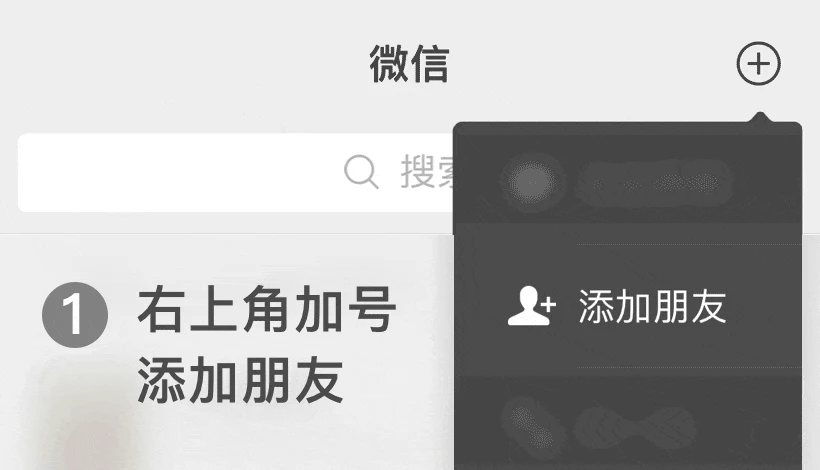.png)
 Professional services are guaranteed
Professional services are guaranteed One on one full process guidance
One on one full process guidance Efficient and fast experience
Efficient and fast experience1.1 Standard positioning and scope of application
ISO 38505 belongs to the ISO 38500 series (IT governance framework) and focuses on the top-level design and security management of data governance. It consists of two parts:
• ISO 38505-1:2017: A universal framework applicable to all types of data governance scenarios.
• ISO 38505-2:2023: Extend the governance of personally identifiable information (PII) to strengthen privacy protection requirements.
This standard applies to the board of directors, senior management, and data governance team, emphasizing participation in decision-making at the governance level to ensure that data usage complies with ethical, legal, and business objectives.
1.2 Core Principles: Governance Logic Based on ISO 38500
ISO 38505 continues the six IT governance principles of ISO 38500 and deepens the understanding of data characteristics
1. Responsibility: Clarify data ownership and accountability mechanisms.
2. Strategic Alignment: Consistency between data governance objectives and business strategy.
3. Value Acquisition: Realizing business value through data assetization.
4. Risk Management: Systematically identify data lifecycle risks.
5. Performance Evaluation: Establish quantifiable governance effectiveness indicators.
6. Compliance: Meet regulatory requirements such as GDPR and CCPA.
2.1 Governance Model: Evaluate Direct Monitor Loop
The standard proposes a dynamic governance model, requiring the governance layer (Board) to continuously optimize data management through the following steps:
• Evaluate
Current situation diagnosis: Identify the distribution of data assets, existing control measures, and compliance gaps.
Requirement analysis: Define governance objectives based on business strategy and stakeholder demands.
• Direct guidance
Develop policies covering data classification, access permissions, sharing rules, etc.
Resource allocation: Clearly define budget, technology investment, and organizational roles (such as establishing a CDO).
• Monitor
Performance audit: Measuring effectiveness through KPIs such as data quality rating and response time to violations.
Continuous improvement: Adjust governance strategies based on the PDCA cycle.
2.2 Key areas of data governance
The standard requires coverage of the following core scenarios:
• Data lifecycle management: full process control from collection, storage, processing to destruction.
• Privacy and Compliance: Embedding Privacy by Design principles, implementing data minimization and anonymization.
• Third party risk management: Contract constraints and audit mechanisms for supplier data processing.
• Security control: Technologies and management measures such as encryption, access control, and event response are linked together
3.1 Value Dimension
Risk mitigation: Reduce financial losses caused by data breaches (average cost of $4.35 million per incident, IBM 2023 report).
Compliance and Efficiency Enhancement: Meet the requirements of Article 25 "Data Protection Design" of GDPR and reduce the risk of regulatory penalties.
Business Empowerment: Supporting innovative applications such as AI model training and customer profiling through high-quality data assets.
3.2 Industry Cases
Financial industry: After implementing ISO 38505, a multinational bank has shortened the compliance review cycle for cross-border data transmission by 60%.
Medical industry: Optimize the quality of clinical trial data through patient data governance and accelerate the process of new drug launch.
Public sector: The urban government cloud platform achieves a balance between data openness and privacy protection, supporting smart city applications
(I.) Application materials
The certification audit requires the submission of the following core documents and evidence materials to demonstrate that the system complies with the requirements of ISO 38505 standard:

(II.) Application requirements
1. Establish and operate a data governance system
Enterprises need to establish a governance framework that covers data lifecycle management, privacy protection, security control, and compliance in accordance with ISO 38505 standard requirements, and operate it for at least 3-6 months to ensure effective implementation of the system.
2. Clarify governance responsibilities and roles
Establish a data governance committee or designate a Chief Data Officer (CDO), clarify the division of responsibilities between management and executive, and form a complete accountability mechanism.
3. Complete internal audits and management reviews
Verify the compliance of the system through internal audits, and have the top management review the operational effectiveness of the system to ensure its alignment with strategic objectives.
4. Compliance foundation
Meet legal and regulatory requirements related to data governance (such as GDPR, CCPA, Personal Information Protection Law, etc.) to ensure that data processing activities are legal and compliant.
5. Risk control mechanism
Establish a data risk assessment and disposal process, including data classification, privacy impact assessment (PIA/DPIA), security incident response plan, etc.
(III.) Precautions
• Applicability of standard version: The scope of certification application (ISO 38505-1 or ISO 38505-2) needs to be clearly defined.
• Integrated certification: If certified according to ISO 27001, ISO 27701, etc., the audit process can be integrated to reduce costs.
• Continuous improvement: After certification, it is necessary to regularly update the system documents to respond to regulatory changes and technological advancements.
The process of obtaining ISO 38505 certification follows the general audit framework of the International Organization for Standardization, but requires specific requirements for data governance. The following is a typical process and key steps for enterprises to apply for certification:

Key Success Factors
1. Senior commitment: Management needs to directly participate in governance decisions to ensure resource allocation.
2. Cross departmental collaboration: IT, legal, and business departments need to collaborate to implement data governance requirements.
3. Technical tool support: Adopt automated tools (such as data classification engines) to reduce labor costs.
4. Continuous improvement culture: Regularly update risk assessments to address emerging threats (such as the risk of generative AI data abuse).




Wechat ID:Siterui888888
Add a wechat friend to get free plans and quotations


 Contact
Contact




 定制化解决方案
定制化解决方案 专业咨询指导
专业咨询指导 透明化服务
透明化服务 长期顾问式合作
长期顾问式合作